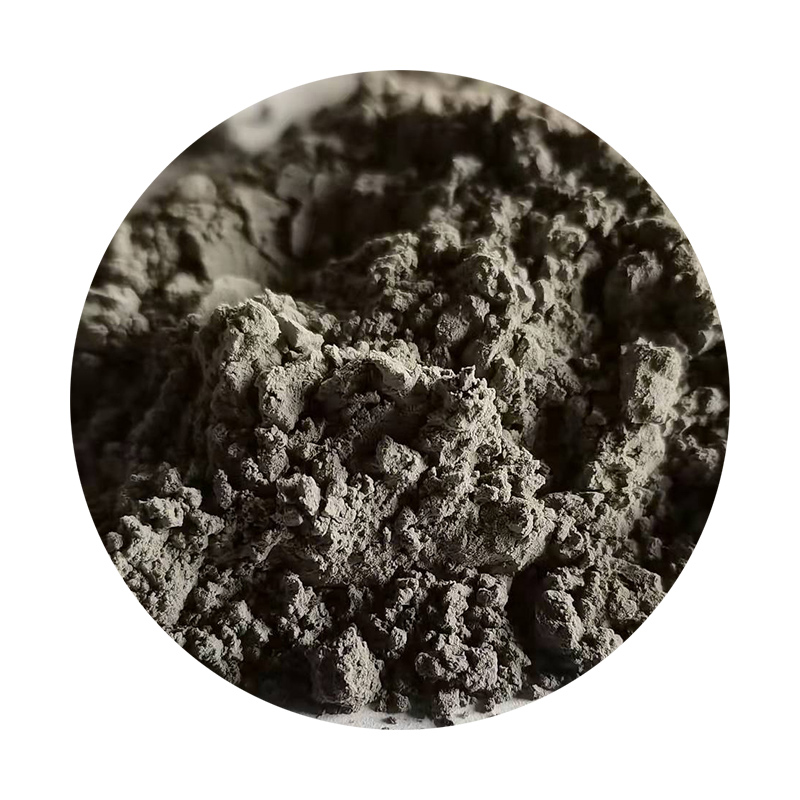Achieving Smooth 3D Prints Without Sanding
One of the most significant challenges in the world of 3D printing is achieving a smooth finish on prints. Many hobbyists and professionals alike often find themselves spending hours sanding their models to achieve that perfect, polished look. However, advancements in technology and techniques have made it possible to create smooth 3D prints right off the printer, eliminating or significantly reducing the need for sanding.
1. Printer Calibration and Setup
The first step to achieving smooth prints is ensuring your 3D printer is properly calibrated. This includes checking the nozzle height, ensuring that the bed is leveled, and adjusting the flow rate. A well-calibrated printer will produce more accurate and refined layers, which is essential for a smooth finish. Additionally, using quality filament can make a significant difference. Filaments that are inconsistent in diameter or of inferior quality can lead to print defects, resulting in rough surfaces.
2. Layer Height and Print Speed
Another crucial factor is the choice of layer height and print speed. Using a smaller layer height (such as 0.1mm instead of 0.2mm) allows for finer detail and smoother surfaces since the printer will lay down more layers with less material in each layer. However, this may increase print time, so it’s essential to find a balance between quality and time. Adjusting the print speed can also impact the surface finish; slower speeds often yield better results.
smooth 3d prints without sanding

3. Using Advanced Printing Techniques
Incorporating methods such as adaptive slicing can greatly improve print quality. This technique involves varying the layer height depending on the geometry of the model. By using thinner layers for intricate areas and thicker layers for simpler parts of the design, models can achieve a smoother finish without excessive print time. Another technique is to utilize supports that are easier to remove, as they can help maintain the model's integrity during printing.
4. Post-Processing Alternatives
While this article focuses on reducing sanding, there are various post-processing methods that can enhance the surface finish without traditional sanding. Techniques such as vapor smoothing, where the print is exposed to a solvent vapor, can effectively melt the outer layer of the print, creating a smooth, glossy finish. Additionally, applying a clear coat spray can fill in minor imperfections and add a protective layer.
In conclusion, achieving smooth 3D prints without sanding is possible through a combination of careful calibration, advanced printing techniques, and innovative post-processing methods. By implementing these strategies, you can elevate your 3D printing game, resulting in stunning, professionally finished models straight from the printer.
Post time:Каст . 13, 2024 10:13
Next:Innovative Techniques in Large Sand Casting for Enhanced Manufacturing Efficiency and Quality
